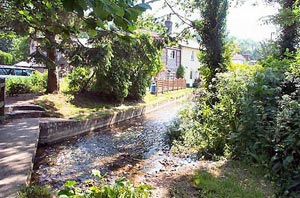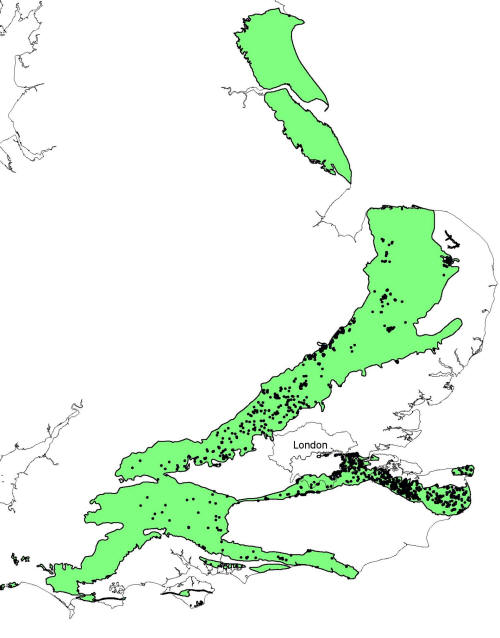Extract Thirty-FiveBut of course in our present state of knowledge of how landscapes come about the evidence will always be equivocal. We are obliged to turn to historical evidence for ‘Megalithic’ clues. A good one is to be found on the largest island in Poole Harbour, Brownsea Island, famous for being the first Boy Scout camp in the world. Rather more importantly there is a Michael's Mount on it, towards the western end:

We can be reasonably certain that Poole Harbour was the site of ancient metal mining because melanterite was ‘mined’ there in the sixteenth century and melanterite is a hydrated iron sulphate nearly always found where mining deposits and surface water have come into contact.
Also this area is associated with the birth of the modern (ie sixteenth centrury AD) British alum industry and alum is known to be of crticial importance in ancient times, though quite why this textile whitening agent should loom so large is a matter for speculation.
The Piddle valley contains some remarkable early history. For instance Hinton St Mary has a 4th Century church in the Byzantine style which had a synagogue attached! The Piddle itself is a leat, i.e. canalised for industrial purposes, in several places, for instance here at Piddletrenthide

and here at Piddlehinton





